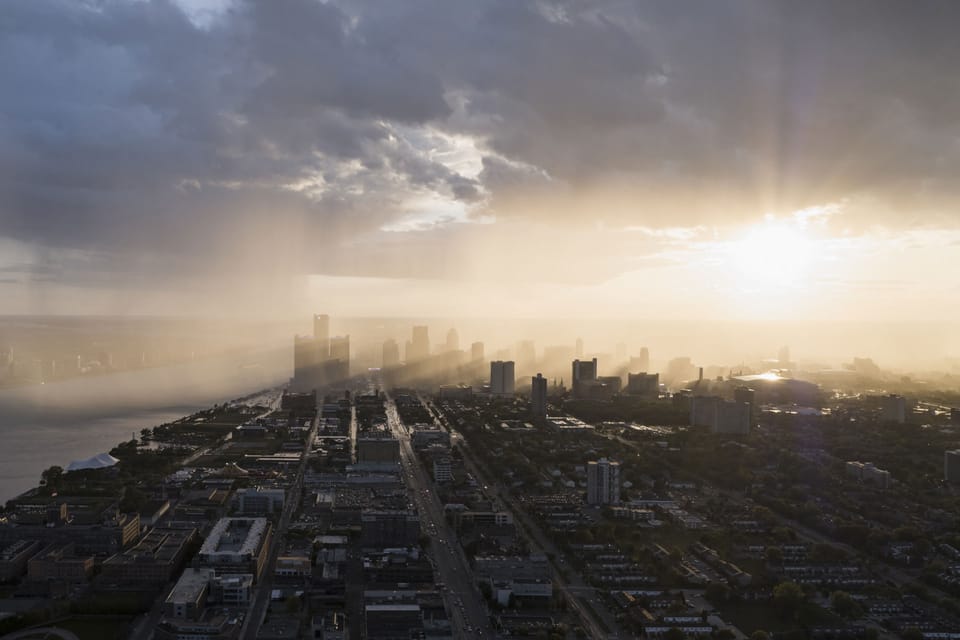A reader forwarded us an interesting post from UrbanLand about Detroit’s revitalization, and the importance of adaptive reuse. Although it focuses a lot on Corktown, it’s also one of the areas that their premise concept – adaptive reuse – has been very evident.
It’s a long piece, but a factoid stood out:
“In terms of land mass, Detroit is a small city; of the 24 U.S. municipalities with at least 600,000 residents, Detroit is the fourth smallest, at 139 square miles (360 sq km).”
There has been a lot of talk about how Detroit is so large in land area that it can’t be dealt with.
But.. really, is it that big and unmanageable of a land area? Is the size and scope of land really a core part of the issue if Detroit’s the 20th in size out of all cities with 600,00 residents?
Although the Duggan administration has had a lot of quick accomplishments – streetlights are turning on, some key economic development, systems improvements and EMS response time is reportedly down – those are also things that any city, at a baseline, is supposed to do. They, among others, are tasks that have to be done before larger progress occurs.
The UrbanLand article is an interesting read if you have a little time on your hands, or you don’t know the history of Corktown’s redevelopment (we find many of our readers don’t, judged by the questions we’re asked).
Another interesting fact? As of today, it has already been 10 years that Slow’s BBQ has been in business. Often referred to by media and others as a new hot spot in Detroit, maybe it’s time to slide Slow’s over to the “established business” category.



















